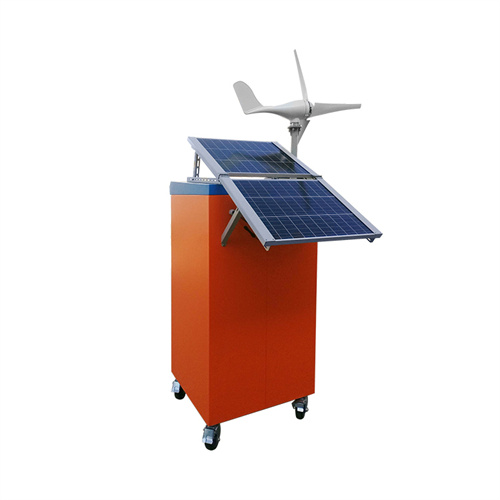About Capacitor charging energy storage mode
Supercapacitor is a new type of energy storage component, which has better charge and discharge times and cycle times than the currently widely used electrochemical cells. Moreover, it has the advantages of high power density, wide operating temperature range, no environmental pollution and high.
The simulation system shown in Figure 7is built in Matlab/Simulink, in which the high-voltage side DC bus voltage is DC600V, the upper limit voltage is set to 610 V, the.
This paper introduces the working principle of the shifting full-bridge converter, analyzes the small-signal model of the shift-integrated full-bridge converter and controls it.A charged capacitor stores energy in the electrical field between its plates. As the capacitor is being charged, the electrical field builds up. When a charged capacitor is disconnected from a battery, its energy remains in the field in the space between its plates.
As the photovoltaic (PV) industry continues to evolve, advancements in Capacitor charging energy storage mode have become critical to optimizing the utilization of renewable energy sources. From innovative battery technologies to intelligent energy management systems, these solutions are transforming the way we store and distribute solar-generated electricity.
When you're looking for the latest and most efficient Capacitor charging energy storage mode for your PV project, our website offers a comprehensive selection of cutting-edge products designed to meet your specific requirements. Whether you're a renewable energy developer, utility company, or commercial enterprise looking to reduce your carbon footprint, we have the solutions to help you harness the full potential of solar energy.
By interacting with our online customer service, you'll gain a deep understanding of the various Capacitor charging energy storage mode featured in our extensive catalog, such as high-efficiency storage batteries and intelligent energy management systems, and how they work together to provide a stable and reliable power supply for your PV projects.
Related Contents
- Energy storage capacitor charging circuit
- The core of energy storage is capacitor
- Capacitor energy storage welding control
- What is the switch for capacitor energy storage
- Capacitor energy storage seam welding skills
- Capacitor grading energy storage circuit
- Capacitor energy storage materials
- Capacitor energy storage and voltage resistance
- Antananarivo capacitor energy storage project
- Energy storage capacitor material
- Simulink initial energy storage capacitor
- Disadvantages of capacitor energy storage


